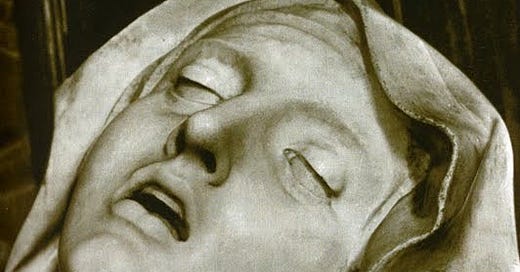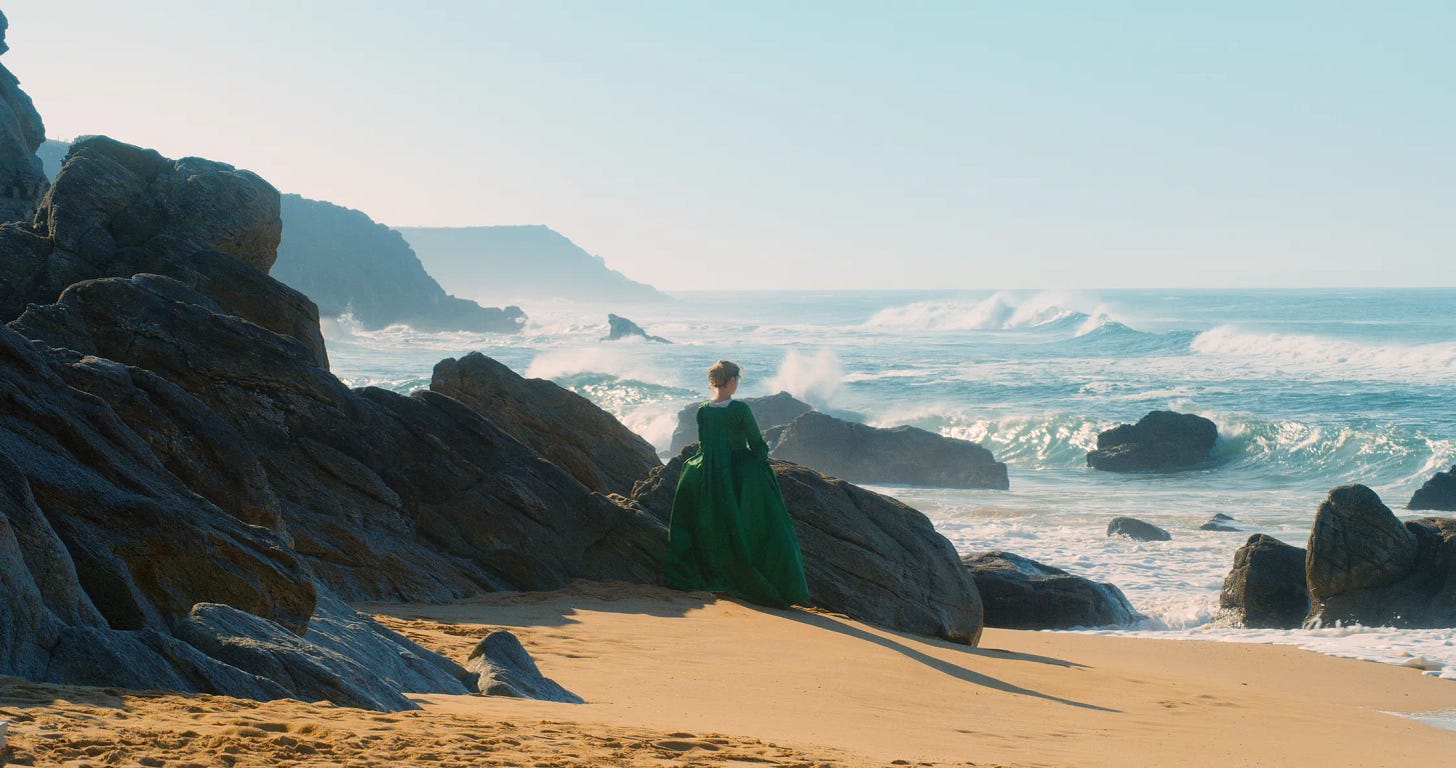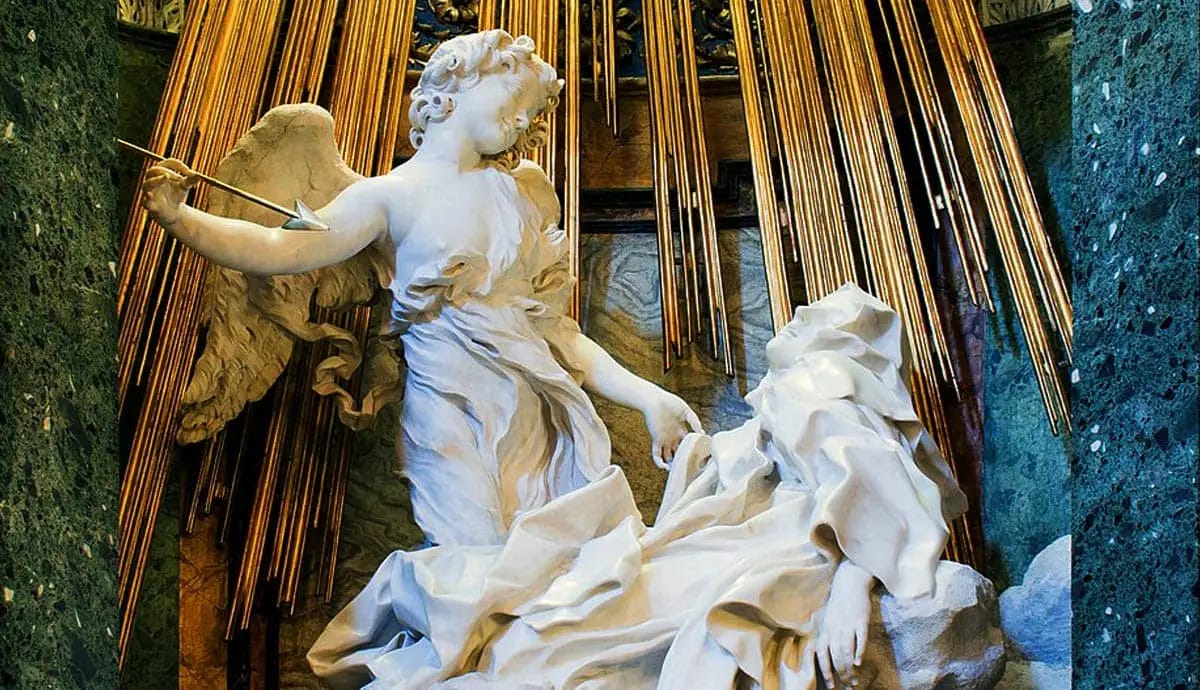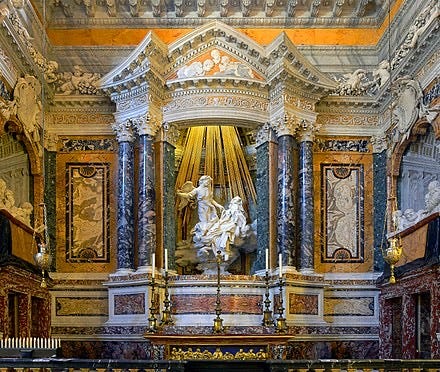Hi All,
This week was a wave of a week full of sapphic angst and melodramatic dreamscapes. I finally got a job relative to my field at a local magazine, meaning I get to quit my cushy job at the liquor store. I’m not being shady or flippant, my job at the liquor really is/was lowkey, bordering on mind numbing boredom–customers often (to my dismay) commented on how sad I looked. That’s because I had six to eight hours without Instagram to contemplate my life and choices, that’s enough to transform boredom into sadness. Additionally, this week I spent most of my time indoors flitting about and harassing the cat, who gave me a scratch or two to indicate he was fed up with my shit. I've left him alone, for now. Barring my ominous threats to continue harassing the cat, I spent the rest of the week listening to Dido, the British singer who has come to define the rosecoloured melancholic aspects of my early 2000s childhood. Before I knew life fully, I fell in love with Dido’s music. Melodramatic doesn’t even come to describe my love of Dido. So this week I made a playlist, “Life for Rent,” titled after her 2003 single and album of the same name. As usual you can find the playlist on Spotify. The playlist which also features Gabrielle and the Sugababes is definitive of nostalgic Y2K yearning.
I finally finished watching Céline Sciamma’s 2019 French historical romantic drama Portrait of a Lady on Fire starring my crush Noémie Meriant and her onscreen crush Adèle Haenel. It took me around a week and a half to finish this movie because I stopped watching to giggle and fantasize about my own non-existent love life. The movie was right up my alley, it has a great soundtrack consisting of one song of the same name as the movie by composers Para One and Arthur Simonini, sapphic angst against the backdrop of an idyllic seaside in 18th century Brittany, and a host of references to art. By the end of it I too was pining for forbidden love by the sea whilst cozying up to my glass of red wine. In honour of sapphic love please partake, if you partake, in a lovely glass of red.
Your Sister Killjoy
***************
There are three scenes that define Portrait of a Lady on Fire’s intensity and brilliance, these scenes in particular sent my heart into a whirl and then some. In the first scene, the two main characters Marianne (Meriant) and Héloïse (Haenel) are nestled in a cave by the sea, their mouths barely covered by the thin scarves they’re wearing to protect their lungs from the cold sea air, the blue of the sea reflected in the eyes of Héloïse, the darkness of their intense gazes pulsing between them. Slowly Héloïse pulls her scarf down and kisses Marriane then abruptly marches off, leaving the latter breathless against the pounding noise of the sea. More than half way into the movie, this scene is the first time that the two lovers kiss after expressing their love through quick glances and fingers brushing against one another. The scream I scrumpt during this scene scared the cat who shot me a dirty look then meandered back to his pillow. But what made me scream was not just the confirmation of sapphic tension between the two, but the intensity of their yearning which did not weaken nor fade. Instead it got brighter and more sparkling, more ancient and mythic. It was at this point that I paused the movie for a few days so I could contemplate ways I too can conjure up an arresting love life. I couldn’t find Meriant on Hinge or Tinder so I deleted them within the hour.
The second scene of bold enchantment takes place before Marianne and Héloïse share their first kiss.This was a well placed scene. Smack in the middle between the first kiss and the mythical story of an ill fated love that runs parallel to Marianne and Héloïse’s own love story. In this scene,they attend a bonfire in Sophie’s village (Sophie is Héloïse’s cook/maid). This scene really is another magical moment within a sea of magical moments marked by a quiet frenzy. It reminds me of Gian Lorenzo Bernini’s Ecstasy of Saint Teresa (1647–52) and I think it’s supposed to. Bernini’s sculpture which is located in the Cornaro Chapel in Rome features a striking sculpture of Saint Teresa of Ávila, a nun and mystic whose religious devotion was so profound she had intense visions. Like the sculpture, this scene is/was enthralling, graceful, and had that ancient witchy feel only a group of women singing/chanting by a bonfire can conjure up. In the scene fire represents the life force that is Marianne and Hèloïse’s brooding love. Like the arrow of fierce devotion and love for God that pierced Saint Teresa’s heart leading to holy ecstasy, likewise, the crackling bonfire that sets alight Hèloïse’s dress as she stares, near tears, at Marianne is a moment of love’s holy ecstasy that binds the women to one another. This scene gave me goosebumps and great big shivers all down my spine. What’s more passionate than being set alight by love to the edge of tears? This scene accompanied by the near Gregorian chants of the villagers took me over the edge and your girl had to pause to catch her breath for a couple of days. I felt like Saint Teresa and I think Hèloïse did too.
The third scene chronologically takes place before the other previously mentioned scenes. But I present it as the last scene here because I think it foreshadows well the end of Marianne and Héloïse’s love and I want to talk about the end at the end. In this scene, Marrianne, Sophie, and Héloïse are sitting by the fire in the kitchen, the other two listening to Héloïse read the myth of Eurydice and Orpheus. In this scene Sophie questions Orpheus’ choice to disobey the Gods of the underworld and turn around to look at Eurydice even though he was told not to do exactly that. Marianne suggests Orpheus made the choice not of a lover but that of a poet, saying he chose the memory of her. Héloïse says he lost her because maybe Eurydice told him to turn around. The myth is reflective of Héloïse and Marianne’s own love story which ends with Marianne seeing Héloïse for the last time at the opera, her face cast in golden light of the opera house within the cave of an opera box seat. Like Orpheus Marianne chooses the memory of Héloïse, the choice of the poet, rather than calling for her.
In depictions of the myth, including Sciamma’s cinematic retelling, the motif of the cave serves as a portal of transformation, a space simultaneously of life and death. However, in Sciamma’s masterpiece, caves also act as a space that holds the deep mystery of womanhood/the womb if you will, including women’s relation to one another which in this movie is akin to women’s relationship with nature. Héloïse and Marianne’s first kiss takes place in a cave, the camera initially panning to reveal a waiting Héloïse who Marianne walks towards before they lock eyes and eventually lips. It is in a cave that their forbidden love story begins and it's in the cave-like structure of an opera box where their love ends. In thinking about Marianne and Heloise’s love in comparison to Orpheus and Eurydice, I again looked towards art and what paintings or sculptures could have inspired Sciamma’s scenes. Several paintings come to mind but I’ll discuss Titian’s 1512 painting Orpheus and Eurydice. I like this painting because it depicts the various stages of the myth against the backdrop of a lush and dramatic landscape. In the painting Titian depicts Eurydice being bitten by the snake, her death, resurrection and second death. I also love that this painting like Sciamma’s movie utilizes the landscape as a means to symbolize the part and parcel relationship of life and death. In Sciamma’s movie the landscape acts as the living world, the pounding of the sea against the cliffs as the rhythm of life, the quiet moments of the cave as a foreshadow of the looming end. Similarly, in Titian’s painting, the lush landscape is contrasted with the deeply rich yet gloomy mouth of the cave that calls back Eurydice to the underworld. Central to Titian’s painting and Sciamma’s movie, the motif of the cave is indicative of the first breath of love and the last. Death is ever present in both retellings of the myth. In Sciamma’s retelling death is oppressive conventionality, marriage, and patriarchal tradition, in Titian’s painting death is the call of selfishness and impatience.
As y’all can tell I really enjoyed Sciamma’s Portrait of a Lady on Fire. It's spicy, sexy and sad. Sciamma and her cast did a wonderful job capturing the essence of love with quick pulsing glances and the thundering of the sea and crackling fires that are present throughout the movie. It really was a treat!








